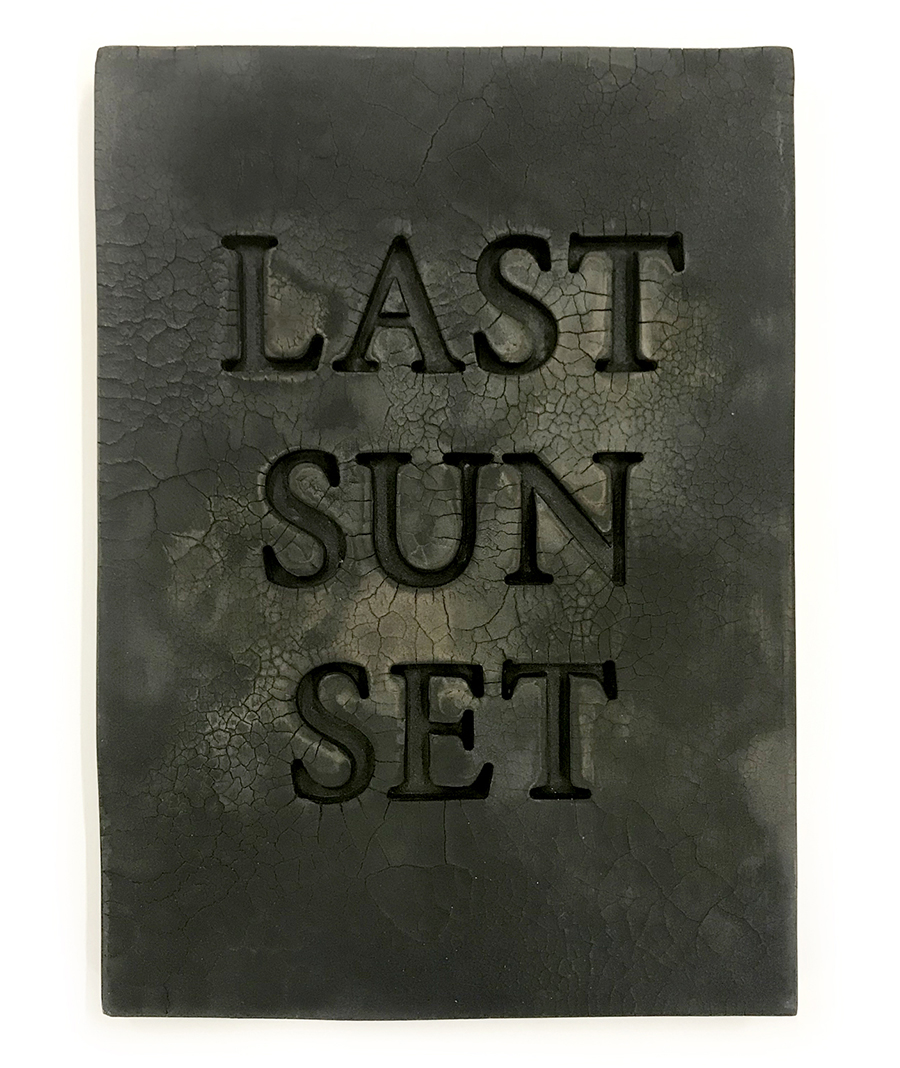A Group Show at MACAAL, Marrakech, Imagines a More Egalitarian Future
‘Have You Seen a Horizon Lately?’ feels like a hauntingly apposite question for these dark times
‘Have You Seen a Horizon Lately?’ feels like a hauntingly apposite question for these dark times

‘Have You Seen a Horizon Lately?’ opened at Museum of African Contemporary Art Al Maaden (MACAAL) in the last week of February, just before the first case of COVID-19 was announced in Morocco. Curated by Marie-Ann Yemsi, it features the work of 12 international artists who engage with the oneiric and subconscious to address questions of culture and politics in a world increasingly accustomed to the state of emergency. In the current crisis, the show’s title – taken from a 1972 Yoko Ono song and shared by one of her installation pieces, first made in 1976, documentation of which is included in the exhibition – seems somewhat prophetic.
With many longstanding issues – such as environmental destruction and climate change, racism and social injustice – brought into even sharper relief by the pandemic, the curatorial point of departure cited by Yemsi in her catalogue essay retains its relevance. ‘The battle for the transformation of ecosystems seems inseparable from a collective project of social reform, as the only way out of a crisis of civilization,’ she writes. ‘The ecology of the living world – as [the artists] imagine it – affirms the possibility of other modes of existence, none of which could come into being without a radically different reflection upon society itself.’ In the context of a global crisis that is strengthening nationalisms and exacerbating the difference in healthcare and survival rates between rich and poor, is it probably more important than ever to pursue the ideas of social utopias. As Yoko Ono and John Lennon famously pointed out in their song 1971, the will to change is partly based on our power to Imagine.

Set in a fragile installation made of metal, glass, plaster and natural tar, Paris- and Haiti-based artist Gaëlle Choisne’s video N.E.V.A.Q.N.A.L.A. (We Were first the Authors and later the Victims, 2016) assembles found and original footage in the form of an Afrofuturist collage whose compelling rhythm evokes a vivid yet enigmatic dream. Reminiscent of ethnologist and 1950s cinema vérité co-originator Jean Rouch’s interweaving of dream and reality, poetry and politics, Choisne’s work entwines motifs from Haitian voodoo with rituals of the crocodile men of Papua New Guinea, zombification and man-machines in a hypnotic reflection on the merging of diverse cultures.

Many of the artworks on show – including pieces by Maxwell Alexandre, Amina Benbouchta, Rahima Gambo, Kiluanji Kia Henda, Akira Ikezoe, Kapwani Kiwanga and Farah Al Qasimi – take on unexpected new meanings in light of the current crisis. Concrete Affection – Zopo Lady (2014), an installation by the Luanda- and Lisbon-based artist Kiluanji Kia Henda, features a 12-minute video screened inside a structure made of wooden transport crates. The footage portrays views of the deserted streets of Luanda at twilight while a voice – belonging to one of the city’s few remaining inhabitants – speaks of imminent flight. Originally made as a reflection on the political history of Angola – whose independence from Portuguese colonial powers in 1975 led to tens of thousands of Portuguese and white Angolans fleeing the country and leaving it to sink ever-deeper into a bloody, decades-long civil war between rival liberation movements – the deserted city views in Concrete Affection – Zopo Lady now echo the unnerving emptiness of most major cities around the globe during the stay-at-home orders. While the emptiness we currently experience is only temporary, displacement and flight remain a constant for many.

With its titular words burned into a small charred wooden panel, Last Sun Set (2018), by Cairo- and Lausanne-based artist Sandrine Pelletier, offers a twisted and broken response to the exhibition’s enquiry that feels hauntingly apposite for these dark times.
Translated by Nicholas Grindell
‘Have You Seen a Horizon Lately?’ runs at Museum of African Contemporary Art Al Maaden (MACAAL), Marrakech, until 19 July 2020
Main image: Sandrine Pelletier, If the Sun Were to Drown in the Sea of Sad Clouds, 2020, installation view, Museum of African Contemporary Art Al Maaden (MACAAL), Marrakech. Courtesy: the artist






















